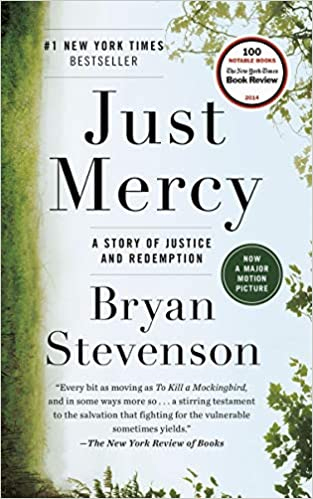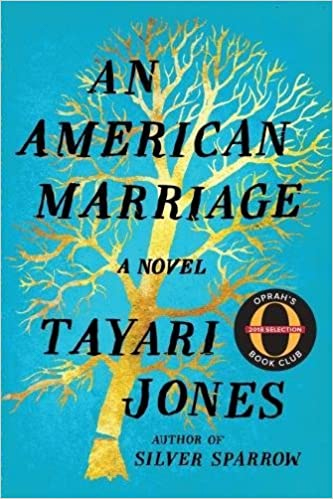The practice of “mass incarceration” developed uniquely in the United States in the last three decades of the twentieth century, although, as historian Elizabeth Hinton points out, policies were unwittingly put in motion with the shift from the War on Poverty in 1964 to the War on Crime in 1965. Still, before the 1970s the proportion of the imprisoned in the United States resembled that of other countries. Beginning in the 1970s, however, and over the course of the next two decades, specific laws aimed at pursuing a “War on Drugs” caused the number of incarcerated persons to grow exponentially. In 1970 there were 352,000 people in U.S. prisons and jails. However, by 1990 there were 1.5 million incarcerated, and by 2010 the number reached 2.8 million. Politicians wanted to appear to be “tough on crime,” and many of the new anti-drug laws included provisions requiring “mandatory sentencing.” This meant that individual judges could not consider the background, age, or extenuating circumstances in determining the punishment for those convicted of “breaking the law.” The result is that the United States has the highest incarceration rate in the world. The racial bias in the criminal justice system has meant that overwhelmingly U. S. jails and prisons are filled with African American and Latino people. The Sentencing Project, the Vera Institute, Families against Mandatory Minimums, the Prison Policy Initiative, The Innocence Project, the Equal Justice Initiative, and other criminal justice reform organizations have emerged over the past few decades in response to mass incarceration. Such groups gather information on the negative impact that incarceration has had on individuals, families, communities, and the entire society, and they lobby state and federal officials to change the laws that keep nonviolent offenders behind bars. These groups foster resiliency among people who have been caught up in a criminal justice system subject to politicians’ ambitions and private corporations seeking to profit from mass incarceration.

Books
- Alexander, Michelle. The New Jim Crow: Mass Incarceration in the Age of Colorblindness. Tenth anniversary edition. New York, 2020.
- Barkow, Rachel Elise. Prisoners of Politics: Breaking the Cycle of Mass Incarceration. Cambridge, MA: Harvard University Press, 2021.
- Betts, Dwayne. A Question of Freedom: A Memoir of Learning, Survival, and Coming of Age in Prison. United States: Penguin Publishing Group, 2009.
- Betts, Reginald Dwayne. Felon: Poems. United States: W. W. Norton, 2019.
- Johnson, Paula. Inner Lives: Voices of African American Women in Prison. New York: New York University Press, 2003.
- Jones, Tayari. An American Marriage: A Novel. United States: Algonquin Books, 2018.
- Hinton, Elizabeth. From the War on Poverty to the War on Crime: The Making of Mass Incarceration in America. United Kingdom: Harvard University Press, 2016.
- Lucas, Ashley E. Prison Theatre and the Global Crisis of Incarceration. United Kingdom: Bloomsbury Publishing, (n.d.).
- Miller, Reuben Jonathan. Halfway Home: Race, Punishment, and the Afterlife of Mass Incarceration. New York, 2021.
- Schoenfeld, Heather. Building the Prison State: Race and the Politics of Mass Incarceration. Chicago, IL: University of Chicago Press, 2018.
- Sered, Danielle. Until We Reckon: Violence, Mass Incarceration, and the Road to Repair. New York, 2021.
- Stevenson, Bryan. Just Mercy: A Story of Justice and Redemption. New York: Spiegel & Grau, 2015.
- Ward, Jesmyn. Sing, Unburied, Sing: A Novel. United States: Scribner, 2017.
- Western, Bruce. Punishment and Inequality in America. New York: Russell Sage Foundation, 2006.
- Whitehead, Colson. The Nickel Boys: A Novel. United States: Knopf Doubleday Publishing Group, 2019.
Articles
- Coates, Ta-Nehisi. “The Black Family in Age of Mass Incarceration.” Atlantic Monthly, October 2015.
- Harris, LaShawn. “New Perspectives on Criminal (In)Justice and Incarceration.” Journal of African American History 100, no. 3 (2015): 448-460.
Videos
- 13th (Netflix)
“In this thought-provoking documentary, scholars, activists and politicians analyze the criminalization of African Americans and the U.S. prison boom.” https://www.netflix.com/title/80091741
- Equal Justice Initiative: Slavery to Mass Incarceration https://youtu.be/r4e_djVSag4
- Time: The Kalief Browder Story (Netflix)
“This series traces the tragic case of Kalief Browder, a Black Bronx teen who spent three horrific years in jail, despite not being convicted of a crime.” https://www.netflix.com/title/80187052
- The Innocence Files (Netflix)
“The Innocence Project unravels missteps and deceit in a series of wrongful convictions, exposing the injustice inflicted on victims and the accused.” https://www.netflix.com/title/80214563

Articles
Links- Related Organizations and Projects
- Prison Abolition Syllabus 2.0 (AAIHS)
- Abolition for the People
- “Abolition for the People,” a project produced by Kaepernick Publishing in partnership with LEVEL. The project will publish 30 stories from organizers, political prisoners, scholars, and advocates — all of which point to the crucial conclusion that policing and prisons do not serve as catch-all solutions for the issues and people the state deems social problems.
- Prison Abolition Resource Guide
- This guide contains resources on the abolition of policing, prisons, and punishment.
- Mass Incarceration: The Whole Pie 2020 (Prison Policy Initiative)
- An Indigenous Abolitionist Study Guide
- Gathering together the work of Indigenous organizers and scholars, and addressing the need for an explicitly Indigenous, anti-colonial abolitionist analysis of the penal system.

Podcasts
Activities
- Race, foreign policy, and the carceral state survey
- Prison writing response
- Barring freedom — Reflection questions
Go on the websites of exhibits of artistic work done by incarcerated men and women and discuss the power of the arts and creativity as forms of resistance and resilience.
- Per(Ssister) Traveling Exhibit: https://www.persister.info/about
- Barring Freedom: https://barringfreedom.org/
Black Mama’s Bailouts: https://www.nationalbailout.org/
